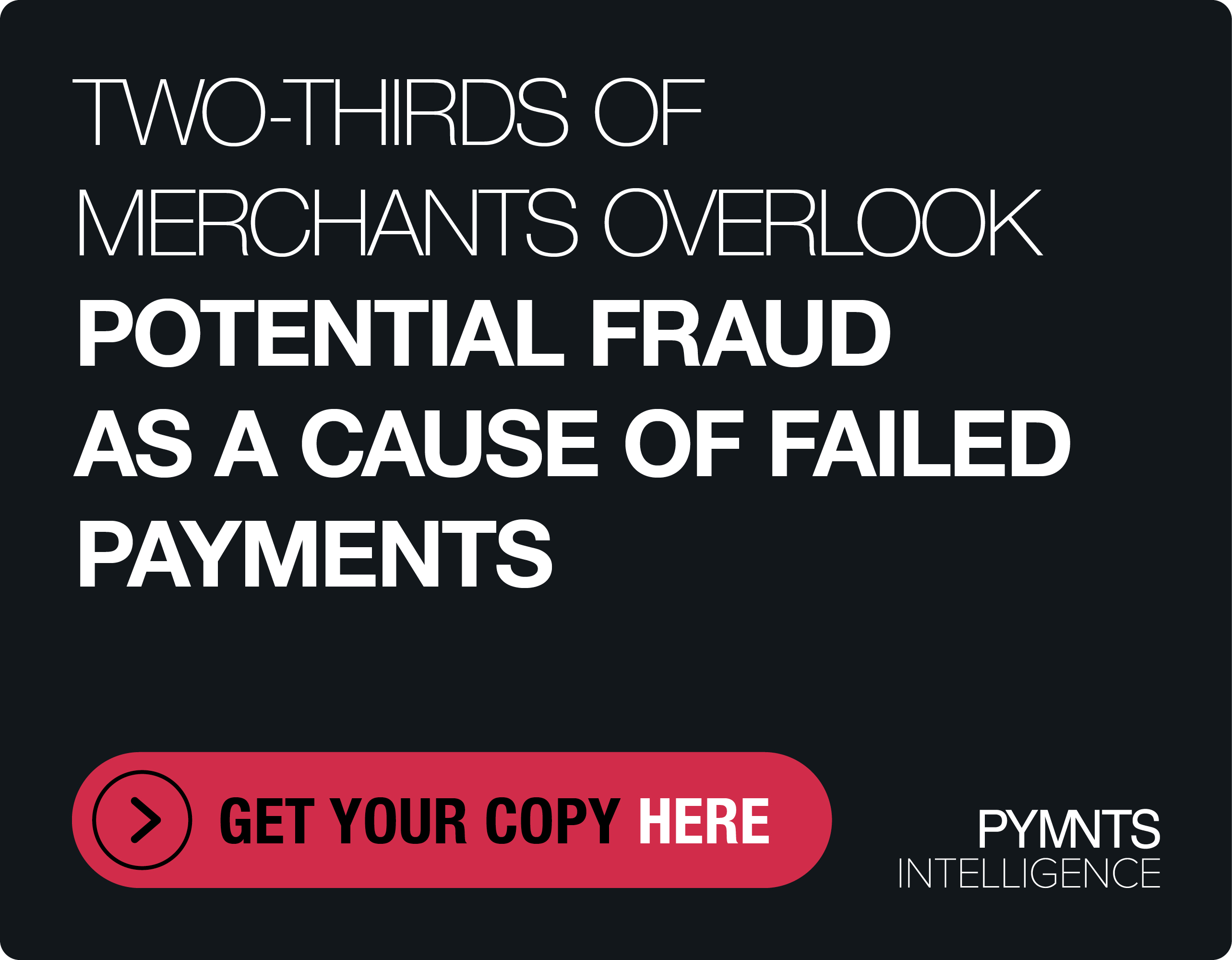Fed Names FedNow Faster Payments Chief

The Federal Reserve has announced a leader of the new FedNow service, which was created to facilitate faster payments in the country with interbank real-time gross settlement (RTGS), as well as integrated clearing, according to a release.
First Vice President Kenneth C. Montgomery will lead the development of the project, and the Federal Reserve Board of Governors announced that the reserve banks will offer the RTGS service.
“Ken brings deep financial services insights and technical expertise to his new role,” said Esther George, president and chief executive officer, Federal Reserve Bank of Kansas City, who is also the sponsor of the Fed’s payments improvement initiative. “He is a natural fit to lead FedNow given his success in previous Federal Reserve technology and business management roles, and his leadership of our payments security efforts.”
Development of FedNow is expected to take a few years, and will be open to public comments on the Federal Register website, where the system was announced. More information will be posted soon on the site.
Once the FedNow system is in place, it will enable financial institutions of all sizes to offer real-time payment services to customers.
“This is an exciting milestone in U.S. payments modernization, as the Federal Reserve works toward fulfilling the payments industry’s request for a service that will support safe and efficient faster payments for all financial institutions – and, by extension, provide the benefits of real-time payments to all Americans,” Montgomery said. “The FedNow team is gathering industry input on desired features and functionality so we can solidify FedNow’s product design and further define the pathway to launch.”
Montgomery will keep his job as the Federal Reserve Bank of Boston’s first vice president and chief operating officer while leading the FedNow project. He is currently responsible for financial and treasury services, strategic planning and information technology in the institution.
